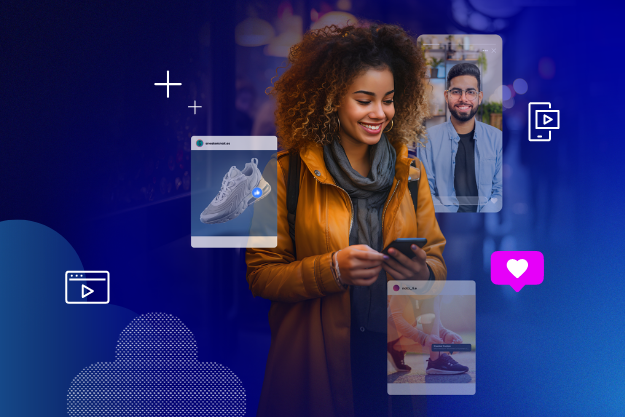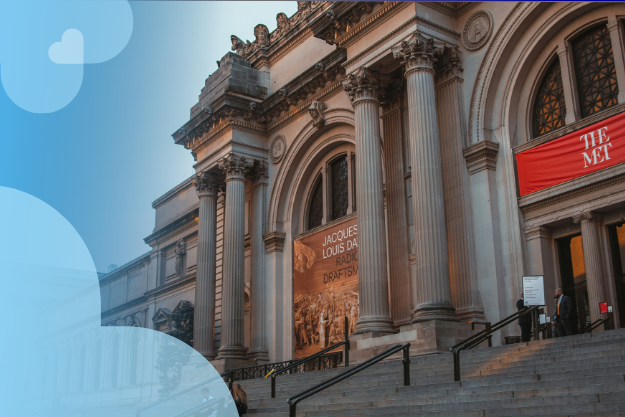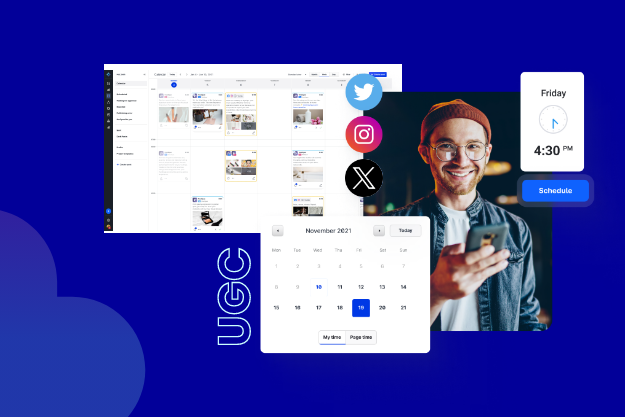From YouTube to Yelp, user-generated content (UGC) powers some of the most popular websites in the world.
For consumers, it adds trust and transparency to the buying process. For brands, it’s a powerful marketing technique that can double conversion rates and increase average order value.
To maximize your team's success with UGC, consider these common challenges before getting started.
1. You don’t have many customers
Getting content from 50 customers may be more difficult than getting it from 50,000, but it’s not impossible. As long as you have an ample batch of active customers, there’s no reason your team can’t harness the power of human nature to get them talking.
Start with simple financial incentives. When someone knows they’ll save money on their next order in exchange for a review, they’re more likely to leave one.
People are also more likely to make their best effort when competition is at stake. Play to their desire for acceptance and approval by engaging customers in social contests. Customer photos put products in context for shoppers on the fence, so feature the best on product pages, galleries, and anywhere else prospective customers might lurk.
Whatever tactic you choose, make sure it’s easy to participate. Repeat customers tend to spend more, so don’t let lengthy purchase paths hurt conversions.
2. Quality content needs oversight
User content isn’t created equally. Spam can infest social contests, bad reviews can pop up on product pages, and low-quality submissions can create the wrong impression of your brand. Even great content is less effective when it’s disorganized.
To keep UGC in top form, your team must curate the most compelling images, brand mentions, and product reviews across channels. It’s okay to go with your gut to start––but don’t rely on it.
Extracting the most value from UGC means putting these hunches to the test. Is a product earning considerable shares while others lag behind? Look for trends in user content.
You’ll stand a better chance at raising the profiles of less popular products if your team can identify which photos and quotes resonate the most with users.
3. Great content requires permission
Sourcing the best UGC is crucial to driving shares and sales. But before your team can feature any customer content in brand marketing, you’ll need to get their permission.
Your approach should depend on your needs. Smaller teams with manageable volumes can get away with the “reply with #yes” method, a tactic where brands explicitly ask customers to confirm whether they can use their content via hashtag.
More established brands may find this technique unsustainable. If your team receives too many photos to keep up with, consider automating the consent process. With the right UGC tools, growing brands can seek permission at scale.
There is one noteworthy exception. When someone participates in a hashtag contest, their permission is implied––but if you hope to build trust, ask for it anyway. Interacting with your most engaged fans is always good for business.
Dania McDermott is a freelance content marketer who writes for B2B SaaS companies.
Editor's Note: This article was originally published on pixlee.com. Any statistics or statements included in this article were current at the time of original publication.




































